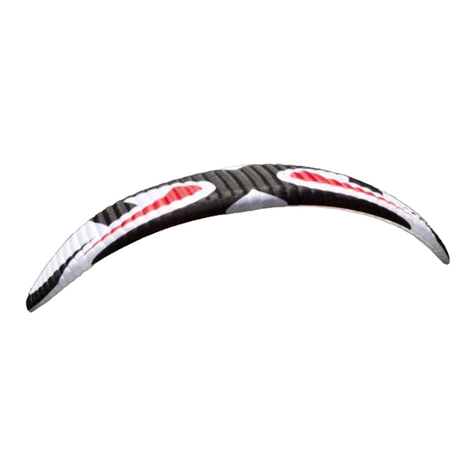Dudek Hike&Cruise User manual
Other Dudek Aircraft manuals
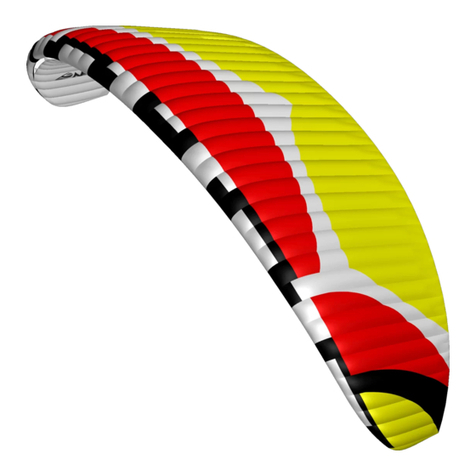
Dudek
Dudek Nemo 4 Series User manual
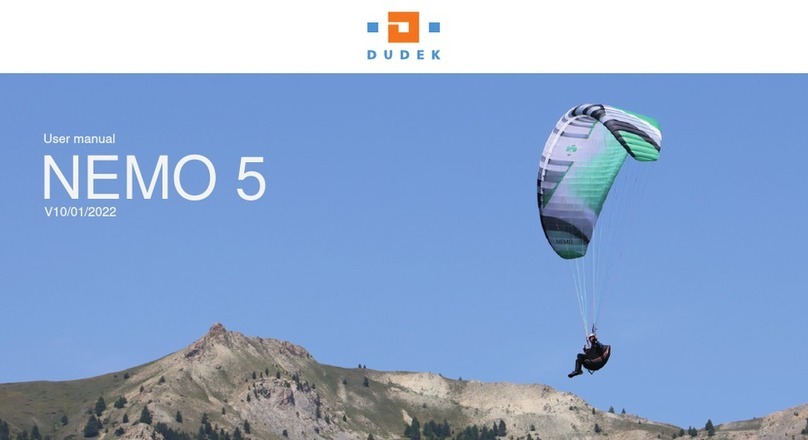
Dudek
Dudek NEMO 5 User manual
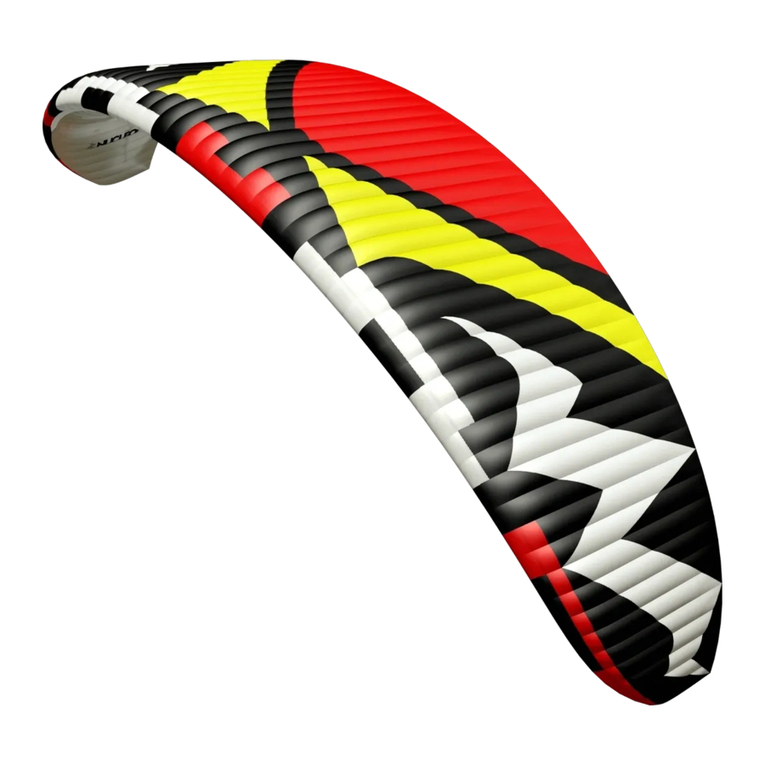
Dudek
Dudek Nucleon WRC User manual

Dudek
Dudek Synthesis User manual
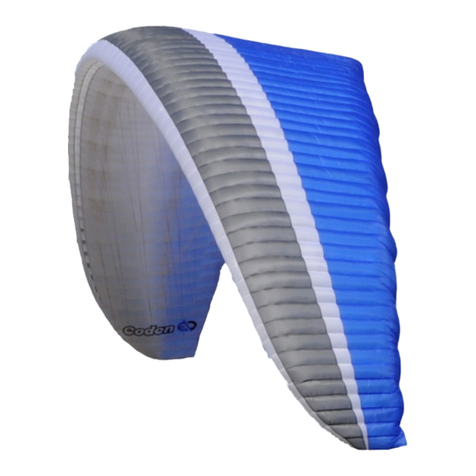
Dudek
Dudek Coden User manual
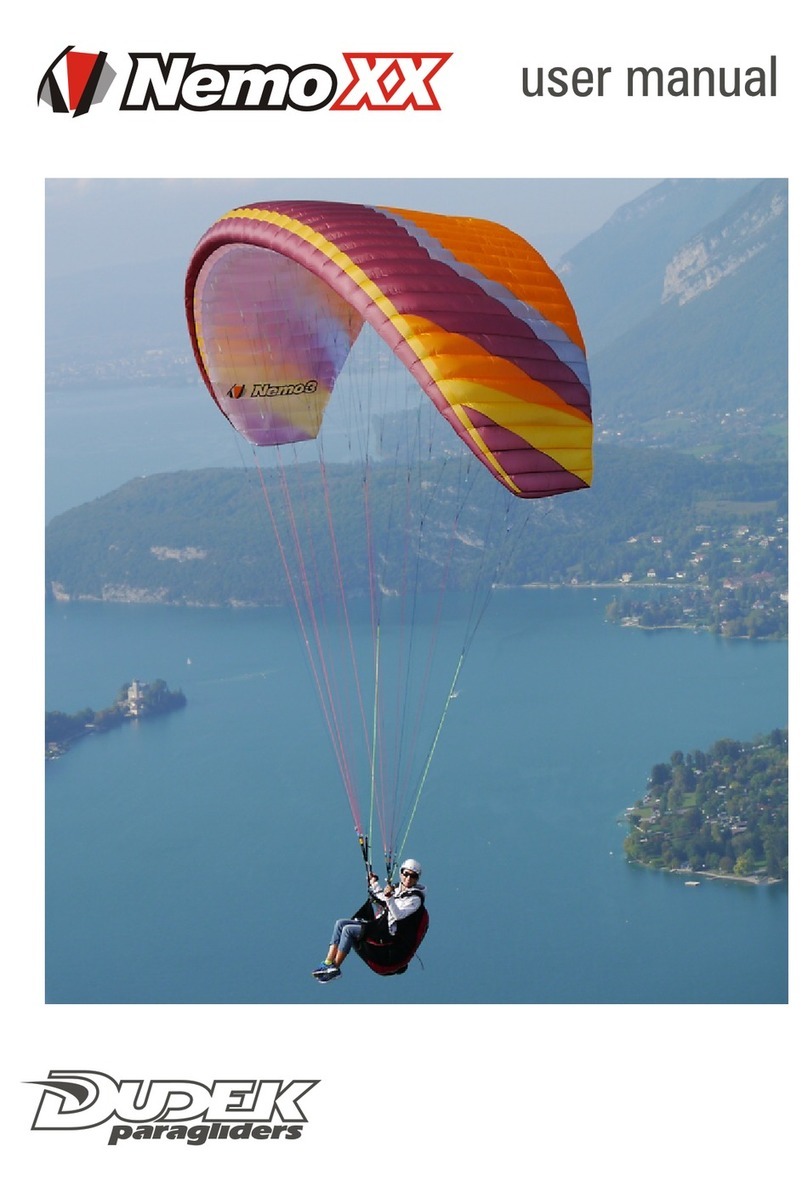
Dudek
Dudek Nemo XX 23 User manual
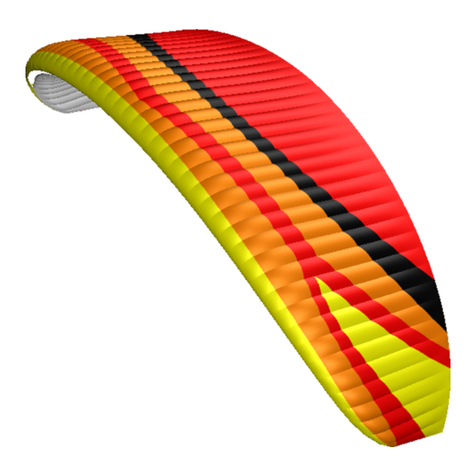
Dudek
Dudek Universal 1.1 25.5 User manual

Dudek
Dudek Colt 23 S User manual

Dudek
Dudek WARP ENERGY User manual
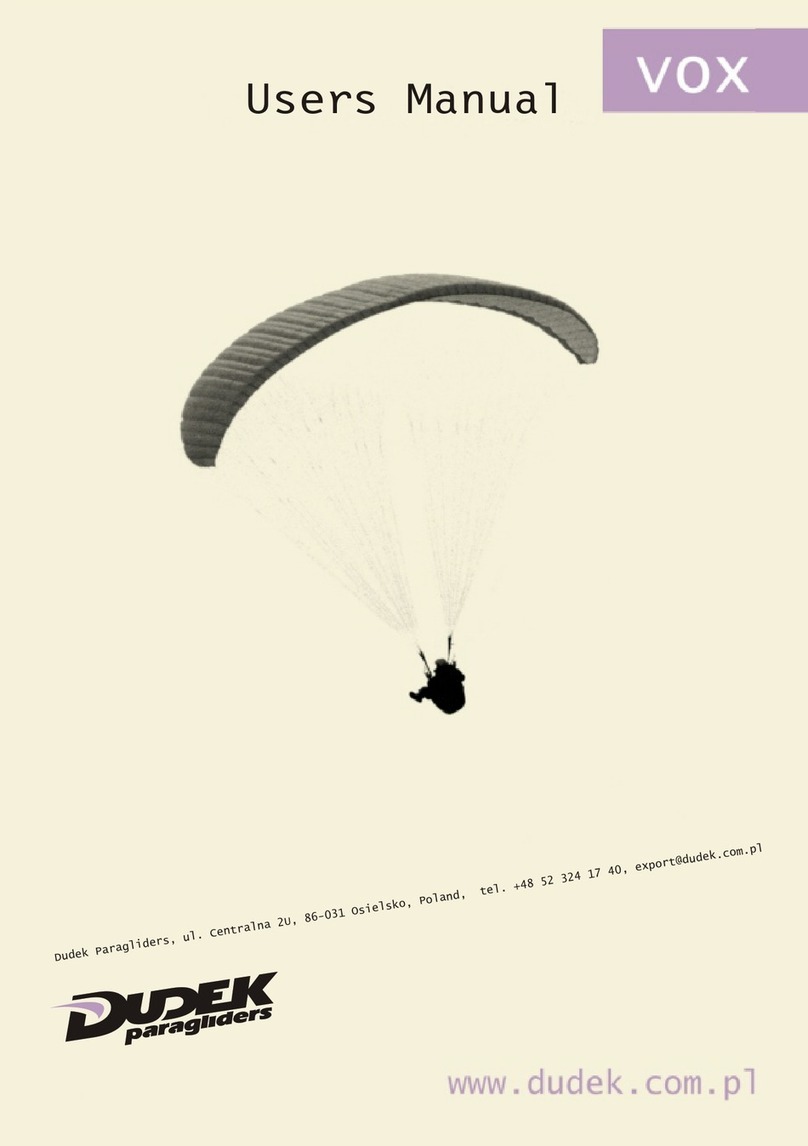
Dudek
Dudek VOX-25S User manual

Dudek
Dudek NEMO2 User manual

Dudek
Dudek Cabrio Synthesis User manual

Dudek
Dudek Shark User manual
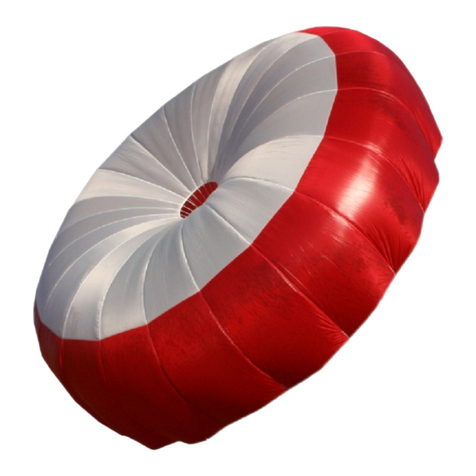
Dudek
Dudek GLOBE 120 User manual
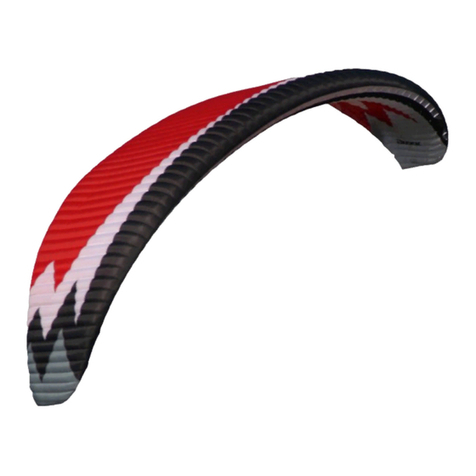
Dudek
Dudek Nucleon WRC cabrio User manual
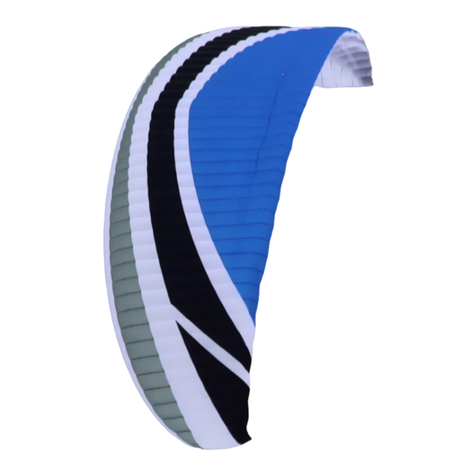
Dudek
Dudek Universal User manual

Dudek
Dudek Run&Fly 2 User manual
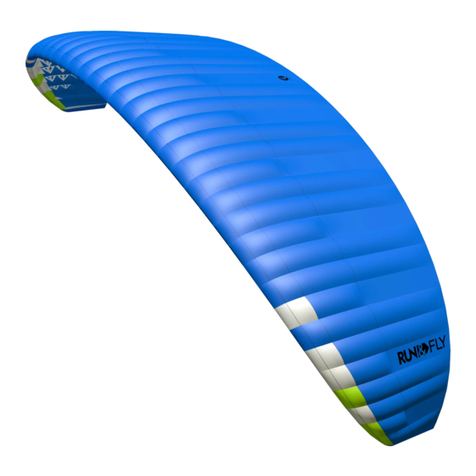
Dudek
Dudek Run&Fly Series User manual

Dudek
Dudek Orca XX User manual

Dudek
Dudek Snake XX User manual
